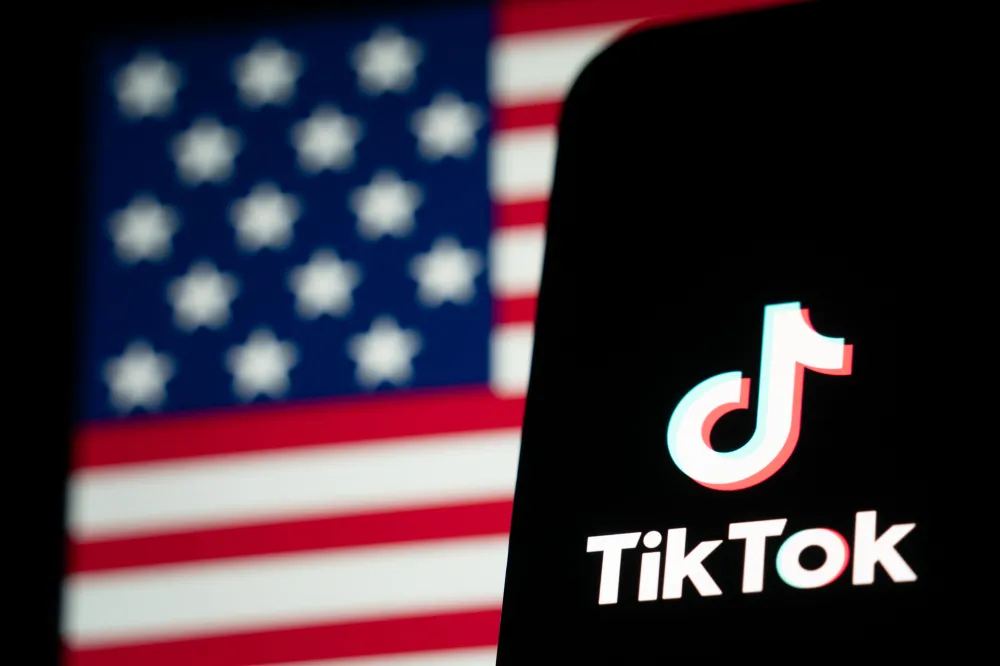Introduction to Modern Cyber Web Security
As we navigate through 2025, Cyber Web Security has emerged as the cornerstone of digital safety for businesses, governments, and individuals worldwide. The digital landscape has undergone radical transformations, with cloud web security becoming the backbone of organizational IT infrastructure and AI powered defenses setting new standards in threat detection. However, this progress has been matched by increasingly sophisticated web security threats that demand constant vigilance.
The modern approach to web security and protection requires a holistic strategy that combines cutting edge technology with rigorous web security best practices. From secure website development to continuous web security monitoring, every layer of defense plays a critical role in maintaining digital integrity. For developers working on web security, this means writing code with security first principles, while businesses must prioritize web security compliance standards to protect sensitive data.
Recent statistics show that cyberattacks have increased by 67% since 2023, with particular focus on ecommerce web security and cloud based applications. This makes understanding how web security works not just beneficial but essential for anyone operating in the digital space. Whether you’re a small business owner in Texas, a financial institution in New York, or a healthcare provider in California, implementing robust web security solutions is no longer optional, it’s a fundamental requirement for operational continuity.
The Evolving Landscape of Web Security Threats in 2025
The threat landscape of 2025 has evolved into something far more complex and dangerous than previous years. Cybercriminals now employ AI driven attack vectors that can adapt to security measures in real-time, making web security vulnerabilities harder to detect and patch. Among the most prevalent types of web security attacks we’re seeing this year:
- AI-Powered Phishing Campaigns: AI powered phishing campaigns are highly complex digital attacks that use machine learning algorithms to craft highly personalized messages that bypass normal email filters. These campaigns have a 45% higher success rate than the average 2024 phishing attacks.
- Quantum Resistant Encryption Breaches: As quantum computing becomes more accessible, traditional encryption methods are being challenged, necessitating
- advanced web security measures: for data protection.
- 5G Network Exploits: The widespread adoption of 5G has introduced new attack surfaces, particularly in web security in the cloud environments.
- API Based Attacks: With most businesses now relying on interconnected web services, API vulnerabilities account for nearly 40% of all web security threats.
For industries handling sensitive data like healthcare and finance, website data breach prevention has become a top priority. The average cost of a data breach in 2025 has risen to $4.8 million, making investment in web security threat prevention not just prudent but financially necessary.
Particularly vulnerable are small businesses, which often lack the resources for comprehensive web security for small business programs. Statistics show that 60% of small businesses close within six months of a significant cyberattack, highlighting the critical need for accessible web security solutions.
Core Components of Modern Web Security Architecture
Understanding how web security works in 2025 requires examining the multi-layered defense systems that have become industry standard. Web security is synonymous with a dynamic, adaptive approach that combines several key components:
1. Web Security Gateways and Firewalls
The web security gateway has evolved beyond simple URL filtering. Modern gateways now incorporate:
- Real time behavioral analysis
- Deep packet inspection
- AI driven threat intelligence feeds
- Automated policy enforcement
Web security firewalls, particularly web application firewalls (WAFs), have become more context aware, capable of distinguishing between legitimate traffic and sophisticated attack patterns.
2. Encryption and Authentication Protocols
SSL and web security standards have advanced with:
- TLS 1.3 becoming mandatory for all web transactions
- Post-quantum cryptography implementations
- Biometric multi factor authentication integration
3. DNS Protection Mechanisms
Modern DNS protection and web security solutions now offer:
- Real time domain reputation analysis
- Automated malicious domain blocking
- DNS over HTTPS (DoH) enforcement
4. Cloud Based Security Layers
Cloud web security providers now offer:
- Distributed denial of service (DDoS) protection at the edge
- Globally distributed web application firewalls
- Unified security management consoles
These components work in concert to create what industry experts call the web security umbrella, a comprehensive protective layer that adapts to emerging threats in real time.
Web Security for Businesses Industry Specific Strategies
The approach to web security for businesses varies significantly across industries, each facing unique challenges and regulatory requirements:
Financial Services
Banks and fintech companies prioritize:
- Real time transaction monitoring
- Advanced fraud detection algorithms
- Strict web security compliance standards like PCI DSS 4.0
Healthcare Organizations
Medical providers focus on:
- HIPAA compliant website security hardening
- Patient data encryption at rest and in transit
- Rigorous website security testing for patient portals
Ecommerce Platforms
Ecommerce web security demands:
- Payment Card Industry (PCI) compliance
- Bot mitigation for inventory systems
- Continuous website malware protection scanning
Small Business Solutions
For web security for small business, affordable options include:
- Managed security service providers (MSSPs)
- Cloud based web security software tools
- Automated website security check services
Across all sectors, the implementation of web security strategies must be accompanied by comprehensive employee training programs, as human error remains the leading cause of security breaches.
Cutting Edge Web Security Solutions in 2025
The top web security tools of 2025 leverage artificial intelligence and machine learning to provide unprecedented protection:
- AI Powered Threat Detection Platforms
- Real time anomaly detection
- Predictive threat modeling
- Automated incident response
- Quantum Resistant Encryption Tools
- Lattice based cryptography
- Hash based signatures
- Multivariate cryptography
- Behavioral Biometric Systems
- Keystroke dynamics analysis
- Mouse movement profiling
- Cognitive authentication
- Autonomous Security Orchestration
- Self healing networks
- Automated patch management
- Intelligent traffic routing
These web security solutions represent the forefront of digital defense, helping organizations stay ahead of increasingly sophisticated cyber threats.
Implementing Advanced Web Security Measures
To achieve web security in today’s threat landscape, organizations must adopt advanced web security measures:
1. Zero Trust Architecture
- Continuous verification of all users and devices
- Micro segmentation of networks
- Least privilege access policies
2. Extended Detection and Response (XDR)
- Unified visibility across endpoints, networks, and clouds
- Automated threat correlation
- Integrated investigation tools
3. Secure Access Service Edge (SASE)
- Cloud native security framework
- Integration of networking and security functions
- Global policy enforcement
4. DevSecOps Integration
- Security embedded in the development lifecycle
- Automated web application security testing
- Infrastructure as code security scanning
These approaches, when combined with traditional web security best practices, create a robust defense against both current and emerging threats.
The Future of Cyber Web Security: 2025 and Beyond
As we look beyond 2025, several cyber web security trends are emerging:
- AI vs. AI Cybersecurity Battles
- Offensive and defensive AI systems competing in real-time
- Adaptive malware that learns from security measures
- AI powered vulnerability discovery
- Decentralized Security Models
- Blockchain based authentication
- Distributed threat intelligence networks
- Peer to peer security verification
- Biometric Security Evolution
- Emotion recognition for authentication
- Continuous passive biometric verification
- Neural pattern based security
- Regulatory Landscape Changes
- Global harmonization of data protection laws
- Mandatory cybersecurity insurance requirements
- Stricter penalties for security negligence
Organizations that stay ahead of these trends while maintaining focus on web security and protection fundamentals will be best positioned to thrive in the coming years.
Conclusion Building a Culture of Web Security
In 2025, effective Cyber Web Security requires more than just technology, it demands a cultural shift within organizations. Key takeaways include:
- Security as a Continuous Process
- Regular website security testing
- Ongoing employee training
- Continuous policy review
- Balancing Protection and Usability
- Implementing security without compromising user experience
- Context aware security controls
- Adaptive authentication methods
- Preparing for the Unknown
- Scenario planning for novel attack vectors
- Building resilient systems
- Maintaining comprehensive incident response plans
By utilizing these processes and leveraging the latest web security solutions, businesses and individuals can navigate the digital landscape of 2025 with sheer utmost confidence. Such secure assets can keep owners at ease by ensuring that their digital assets, information and reputation are well protected and highly secure.















